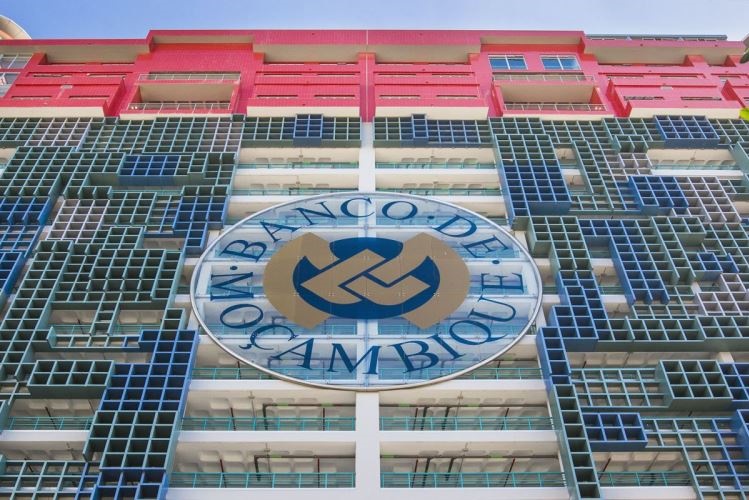Mozambique: Water prices to fall from June
Central Bank cuts benchmark interest rate

File photo
The Monetary Policy Committee of the Bank of Mozambique on Thursday reduced the bank’s benchmark interest rate by 75 base points, from 15.75 to 15 per cent.
This interest rate, the Interbank Money Market Rate (MIMO), is used by the central bank for its interventions on the interbank money market to regulate liquidity.
A statement from the Committee announced that banks two other key interest rates remain unchanged. Thus the Standing Lending Facility (the interest rate paid by the commercial banks to the central bank for money borrowed on the Interbank Money Market) remains at 18 per cent, while the Standing Deposit Facility (the rate paid by the central bank to the commercial banks on money they deposit with it) remains at 12 per cent.
The Compulsory Reserves Coefficient – the amount of money that the commercial banks must deposit with the Bank of Mozambique –remains unchanged at 14 per cent for local currency. Bu the committee said that volatility on the exchange market justified an increase in the compulsory reserves coefficient for foreign currency by 50 base points, rising from 22 to 27 per cent.
At a Maputo press conference on Thursday, the governor of the Bank of Mozambique, Rogerio Zandamela, said that low inflation justified cutting the MIMO interest rate. According to the National Statistics Institute (INE), inflation from January to July was 4.73 per cent. Zandamela thought it more than likely that this trend would continue, and that inflation for the year would be “single digit” (i.e. less than 10 per cent).
But the interest rates charged by commercial banks remain extraordinarily high. The gap between the interest rate offered on deposit accounts, and the interest charged on bank loans is now higher than ever.
Zandamela said the average interest earned by deposit accounts is 12.2 per cent, but the average interest on a loan with maturity of a year is 26.51 per cent. Clients whom the banks deem worthy of their prime rate will only have to pay 21.75 per cent.
Zandamela forecast that commercial interest rates will continue to fall, but admitted that the gap between interest on deposits and interest on loans was a matter of concern. “We recognise that the interest rates are a heavy burden, but not so heavy as they were before”, he said.
The governor reported a slight improvement in the GDP growth rate. In the second quarter of this year the GDP grew, in annual terms, by 3.4 per cent. This was better than the 3.2 per cent in the first quarter, but lower than the 3.8 per cent in the second quarter of 2017.
Growth in the second quarter was heavily dependent on the extractive industry (8.3 per cent), financial services (6.6 per cent), and social sectors and the public administration (seven per cent). Agriculture only grew by 3.1 per cent, while the building industry contracted by 5.9 per cent.
The exchange rate of the Mozambican currency, the metical, had fluctuated over the previous two months, but within a fairly narrow band. The average exchange rate had been 59.38 meticais to the US dollar on 15 June, falling to 58.07 meticais on 10 August, and then rising again to 60.05 meticais on 29 August.
Over the same period, the metical gained against the South African rand: the exchange rate moved from 4.49 meticais to the rand to 4.24.
Zandamela said the country’s net international reserves had fallen by 67 million dollars since June, due largely to debt servicing. But the net reserves remained at the “comfortable level” of 3.156 billion dollars, said the governor – enough to cover seven months of imports of goods and non-factor services, excluding the transactions of the foreign investment mega-projects.












Leave a Reply
Be the First to Comment!
You must be logged in to post a comment.
You must be logged in to post a comment.